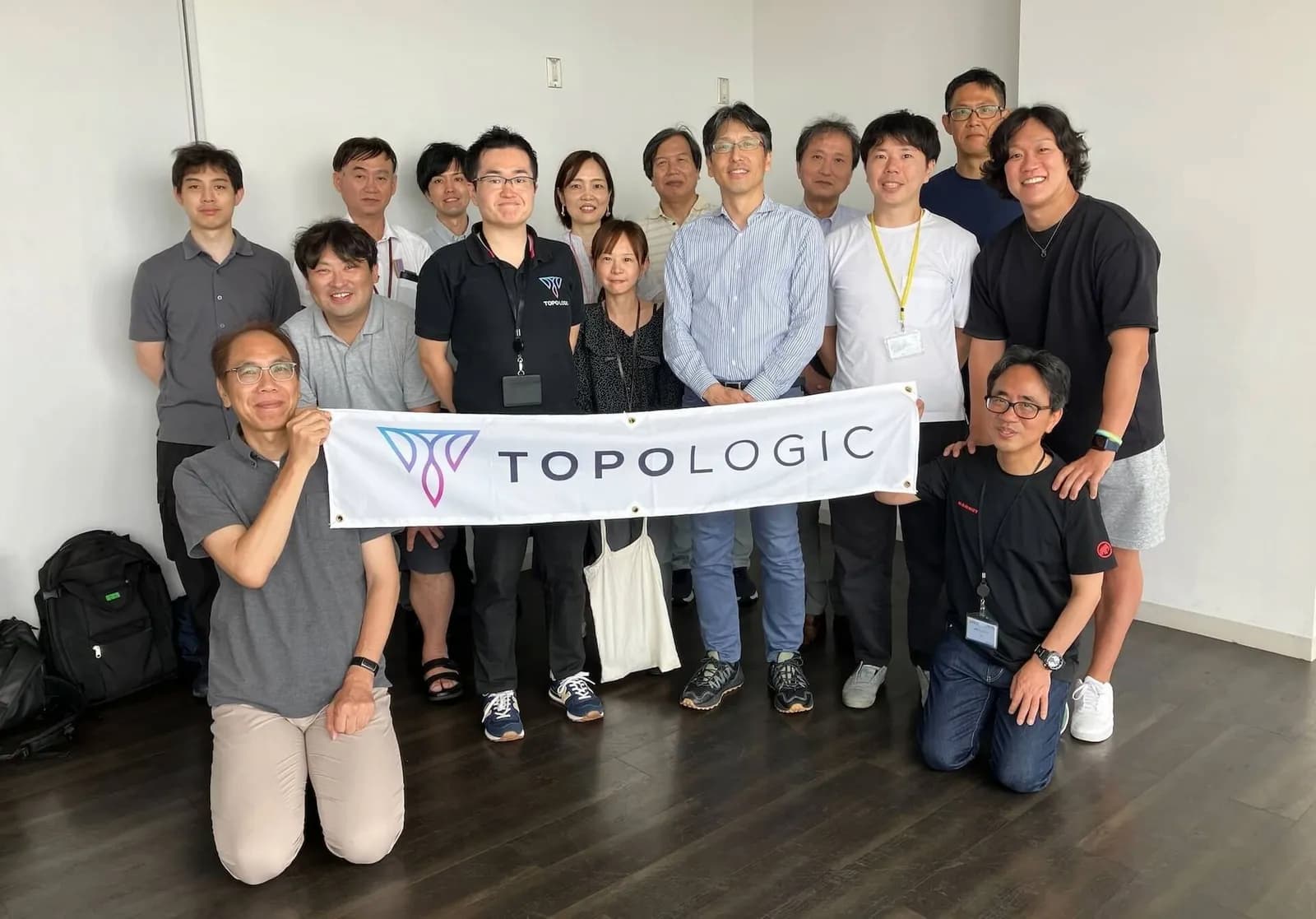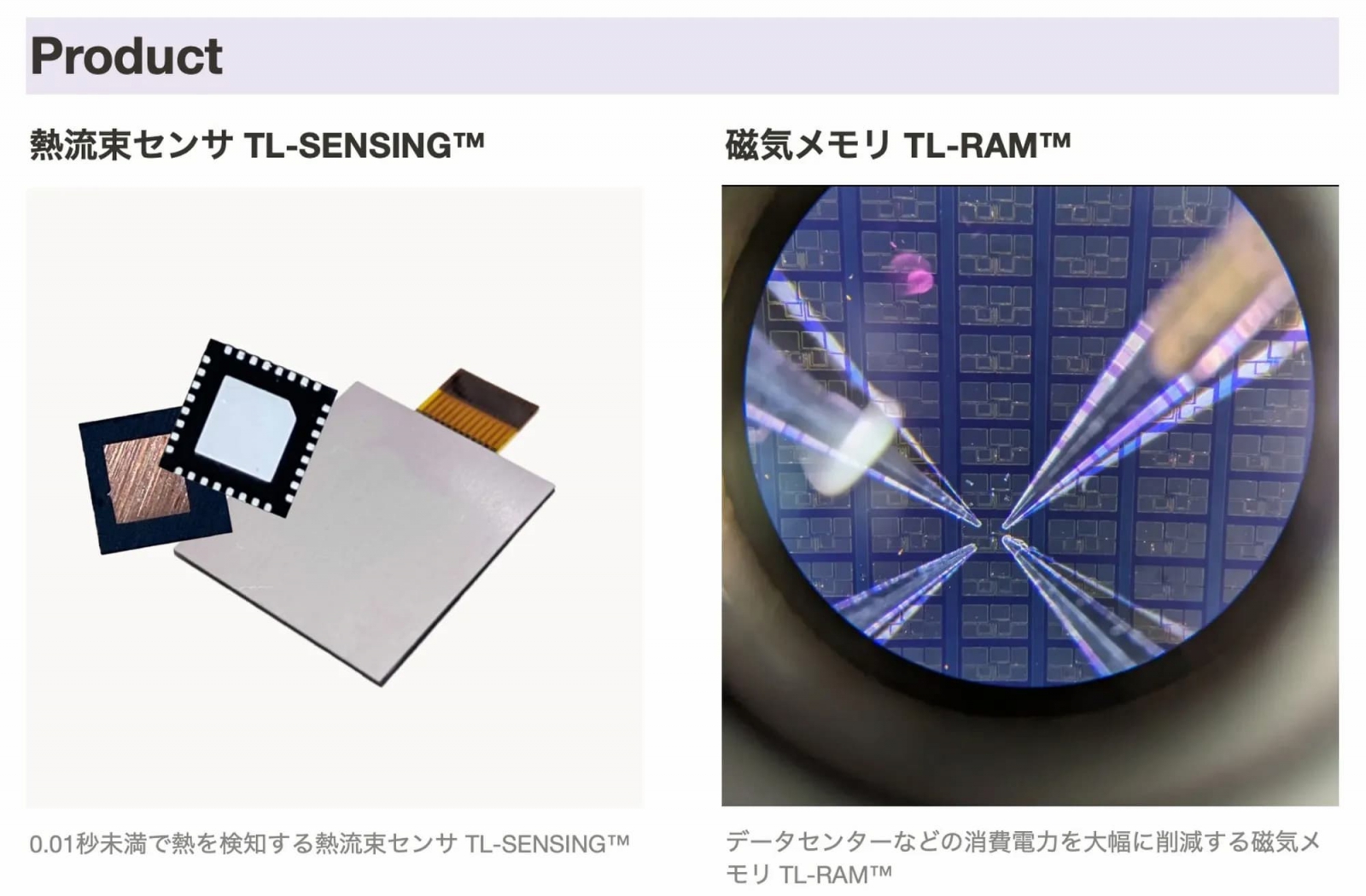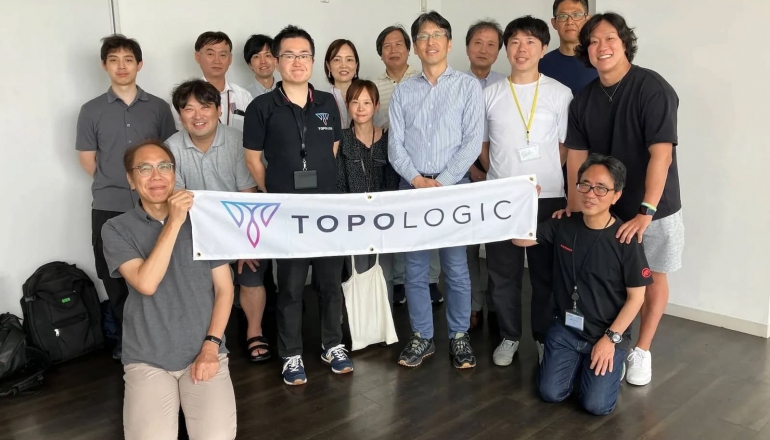

(Photo: Topologic’s website)
As artificial intelligence becomes a bigger part of our daily lives, it is using an increasing amount of energy, leading to a significant environmental problem. AI applications, such as ChatGPT, are not only helping students solve math problems, assisting office workers with emails, or offering companionship to people online, but they are also consuming vast amounts of energy. In fact, just one input on ChatGPT uses 10 times the energy of a Google search, and overall, these AI applications are consuming more than 600 million kWh every day. That’s as much electricity as over 200,000 average American homes use in a whole month.
This rapid increase in energy consumption, as AI technology becomes more integrated into daily life, is creating a bottleneck for its further development. While renewable energy sources, nuclear fusion, and new chip designs have been proposed as solutions, they are either not sufficient or come with their own set of challenges. This is where TopoLogic, a Japanese startup from the University of Tokyo, comes in, aiming to address this issue by leveraging a new material known as topological materials.
What if AI could run on less energy?
AI’s increasing energy consumption has become a significant challenge in the industry. Despite efforts with renewable energy, nuclear fusion, and advanced chip designs to tackle this problem, there has been no definitive solution. TopoLogic is taking a different route with topological materials, which could significantly reduce the energy required for AI model training and operation.
Topological materials have a unique property: unlike traditional metals or semiconductor materials, electrons can travel across their surfaces without any resistance, much like superconductors. This feature makes devices built from these materials much more efficient, using less energy and reducing the need for additional power sources as AI continues to grow. By utilizing these materials, TopoLogic aims to reduce the overall power demand of AI technologies, helping prevent the need for new power plants in the future.


TopoLogic uses topological materials, developed by Professor Nakamura at the University of Tokyo, to create new electronic devices that work better and use less energy. (Photo: Topologic’s website)
TopoLogic has taken this groundbreaking material from the University of Tokyo, led by Professor Satoru Nakatsuji, and developed new types of electronic devices, including memory components and high-speed sensors, all of which consume far less energy than current technologies. According to TopoLogic’s CEO, Taiki Sato, “We have developed high-performance devices that use much less energy compared to traditional technologies.” These innovations have the potential to reduce energy usage in AI data centers by 20 to 50%, which would lead to massive energy savings globally.
One of TopoLogic’s most remarkable innovations is their high-speed thermal sensing technology. Traditional thermal sensors take anywhere from 5 to 10 seconds to detect temperature changes, but TopoLogic’s sensors can respond within just 5 milliseconds, marking an improvement of over 1000 times faster. This speed is crucial for applications in semiconductor manufacturing, where the ability to detect faults quickly can save significant costs. The company’s thermal sensing technology also helps identify equipment malfunctions in high-precision environments, preventing costly breakdowns and product failures in critical industries.
The challenges Topologic overcame to build a business
Transitioning from academic research to a commercially viable business has not been without its hurdles for TopoLogic. Although the company’s team includes CEO Taiki Sato, who has a background in business, and technical advisor Professor Satoru Nakatsuji, who has been leading research in topological materials, they initially struggled to commercialize the technology. For a time, the company had to rely heavily on academic papers without having a fully-fledged engineering team to turn theoretical concepts into marketable products.
In the early stages, they faced major challenges in proving that the technology could not only work in theory but also function effectively in real-world scenarios. To gain credibility and trust, TopoLogic partnered with Taiwan’s Industrial Technology Research Institute (ITRI), which helped reassure potential clients that their technology could be implemented without risking contamination in sensitive production environments.
Even more daunting were the financial struggles the company encountered. In 2024, they faced a funding crisis when their available capital ran out, compounded by investors backing out just before a deal was finalized. These setbacks delayed their fundraising efforts, putting significant pressure on the startup. Nevertheless, TopoLogic managed to raise approximately $6 million and is now preparing for another funding round in early 2026, aiming to raise around $50 million to accelerate their growth.
Why Topologic is turning to Taiwan for its expansion
TopoLogic’s next steps involve licensing their technology to chip manufacturers and foundries, aiming to make their innovations more widely available across the semiconductor industry. Taiki Sato emphasized the importance of Taiwan in their business strategy, noting that Taiwan is home to most of the world’s semiconductor production. He also highlighted that over 30% of global academic research related to semiconductors originates from Taiwan, which makes it an essential area for TopoLogic’s future growth.
“We consider Taiwan a critical region for collaboration,” says Taiki Sato. The company plans to establish an engineering team in Taiwan to work closely with local research partners and manufacturers. With Taiwan being a global leader in semiconductor production, their role is indispensable for the success of TopoLogic’s vision of energy-efficient AI solutions.
TopoLogic is not only focused on technological advancement but is also driven by the desire to create a sustainable future for AI technologies. By leveraging topological materials, they are making significant strides toward energy-efficient AI systems that reduce the environmental impact of growing energy demands. The company’s efforts are crucial as AI continues to evolve and become more deeply embedded in everyday life.
The company is positioning itself as a key player in the transition to more energy-efficient technologies that can meet the needs of the modern world while safeguarding the environment. As AI expands its role, innovations like TopoLogic’s topological materials will help ensure that this transformation occurs in a sustainable, responsible manner.
As AI continues to shape the future, its environmental footprint is becoming an increasingly important issue. TopoLogic’s work in developing topological materials for energy-efficient electronic devices offers a promising solution to the growing energy demands of AI systems. From their innovative thermal sensing technology to their successful collaboration with Taiwan’s Industrial Technology Research Institute, TopoLogic is making great strides in reducing the energy consumed by AI applications. With future plans to expand their efforts globally, they are paving the way for a more sustainable AI-powered world.
- This article was originally published on Meet Global. Read the original article.


